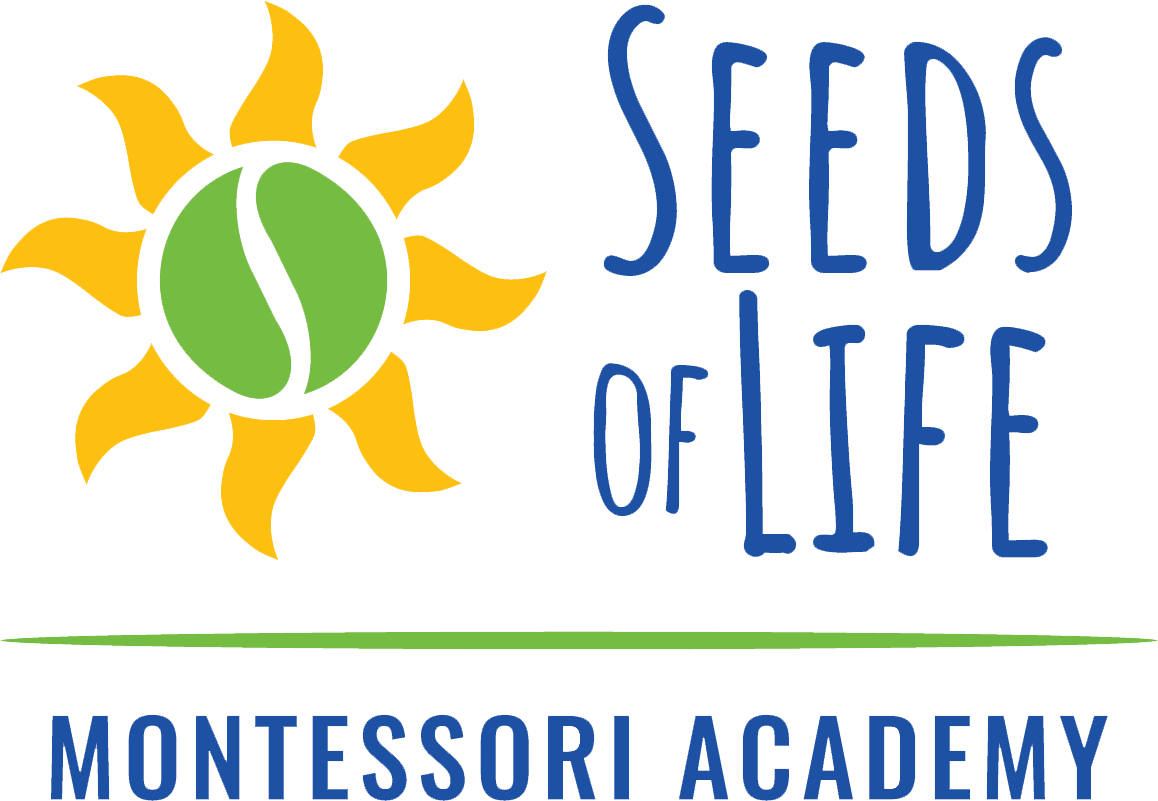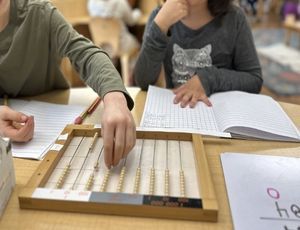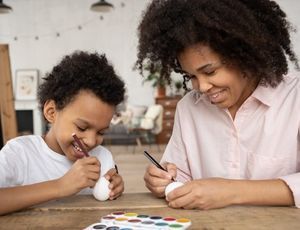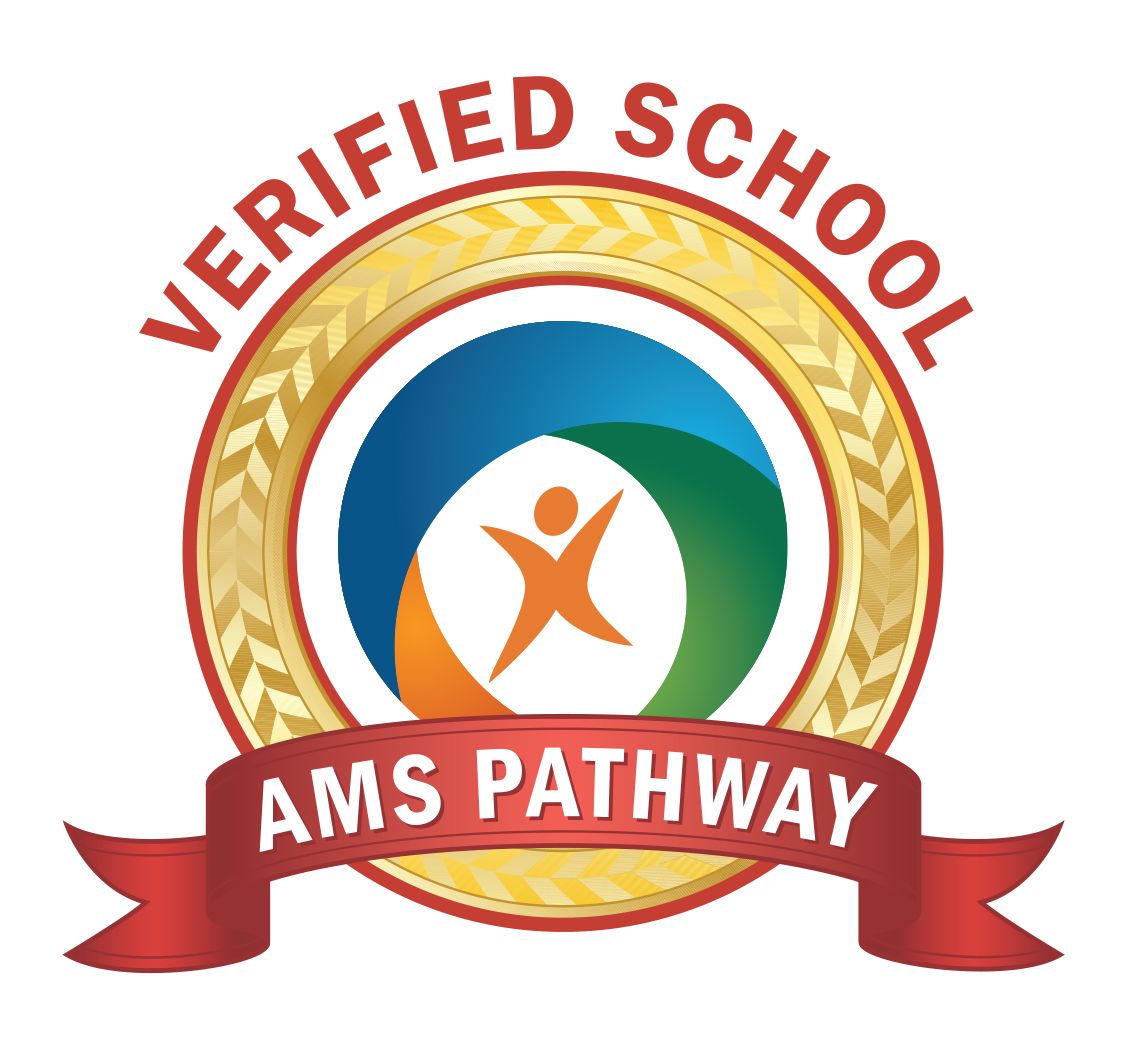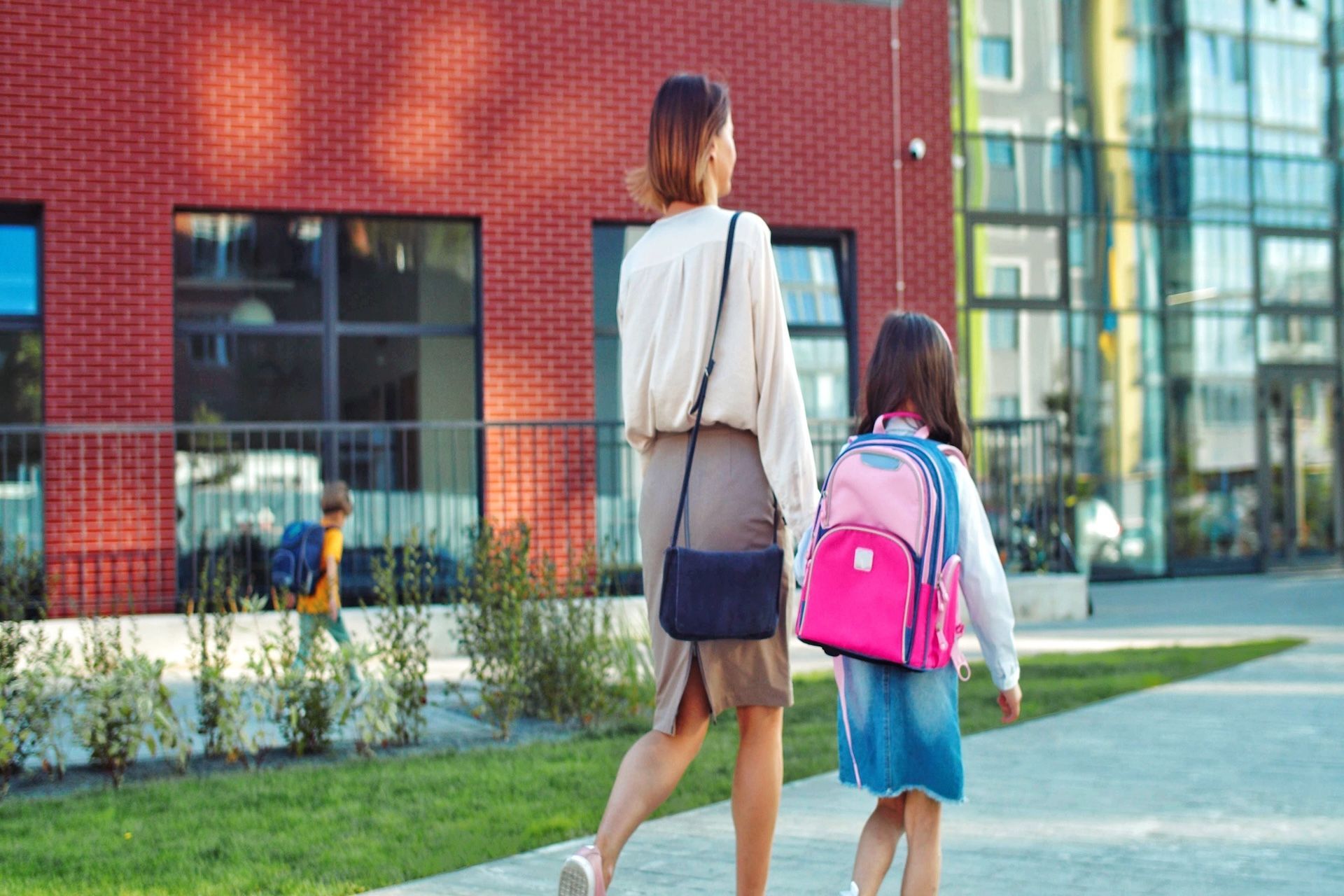
We hope you are enjoying this last stretch of summer! As the school year approaches, we wanted to suggest some ways you can help your child (and yourself!) prepare for the transition back to school.
Encourage Mealtime Independence
Food preparation and meals are important parts of our daily lives. At school, children will be involved with preparing food, setting the tables, pouring water to drink, and cleaning up after themselves.
So we recommend practicing this at home! Children can be part of preparing the table and then clearing the dirty dishes after the meal. We recommend having a clear routine for cleaning up, which can include putting dirty dishes in the sink, dishwasher, or a dish tub after eating. We also encourage the use of regular cups and glasses for meals and snacks, saving a water bottle for when in the car or on walks. Younger children can be encouraged to use silverware to feed themselves. By eating family style meals sitting at the table together, you can also model and practice good table manners.
Older children can be involved with setting the menu for meals and even helping with grocery shopping. They can start to map out what they want to pack for lunch and be part of the process of getting their food ready in containers and everything into their lunch box. This also helps children have ownership and buy-in about what they are eating.
We also recommend that your child have food containers that are easy to open and close. Going to the store and having your child try opening different kinds of containers is a great way to find some that work well!
Think About What to Wear
Because younger children are becoming independent with their dressing and undressing, it helps for them to practice these skills at home. Even young toddlers are capable of doing quite a lot of taking off and putting on different items, and they love to do things for themselves. We recommend giving your child the time and encouragement to do things for themselves, including taking shoes off, pulling pants up, unzipping jackets, and so on. Choosing clothing and shoes that are easy for your child to put on and take off is a big help for the transition to school.
Older children can gather their belongings to make sure they have everything ready for the first day of school (and every subsequent day!). They can check the weather to determine appropriate outerwear and shoes, practice setting out their clothes the night before, and prep items needed for after-school activities.
Prepare a Goodbye Routine
To be ready for the first days of school, we recommend preparing your child (and yourself) for what drop-off will look and feel like. It can be helpful to drive by the school and casually notice with your child(ren) where drop-off will happen. As adults, the more clear we are about the routine, the more secure our children will feel.
Short and sweet transitions are key. The longer we linger the harder it is for our children to recalibrate and settle into the classroom. To that end, figure out your goodbye process ahead of time. Perhaps it is one hug and two kisses, plus a wave goodbye. Whatever you decide, stick with it. Our children are hard-wired to test our limits and they will want to figure out if they can negotiate two hugs and a wave goodbye then more hugs. However, if that negotiation is successful, they actually feel less secure because then they can’t rely upon a predetermined plan.
To help ensure the goodbye plan is a success, practice! While at home and when everyone is in a great mood, suggest a game of pretending you are doing drop-off at school. Remember (or create) the goodbye routine and then act it out together! Take turns being the adult and the child (children love getting to be the adult). Playacting is a fun way to work through what can be a stressful few moments.
By establishing clear and firm routines, we help our children develop trust and confidence. If we feel hesitant or unsure, our children absorb those feelings. So we want to exude assuredness!
Adjust Schedules
If our children have been staying up later during the long days of summer, it helps to gradually shift bedtimes and establish a consistent routine. Rushed mornings tend to be more difficult, so putting some additional effort into getting enough sleep and having plenty of time in the morning can really help the transition back to school.
Although earlier mornings can be tough, children do so much better when they can get to school with enough time to settle in. We recommend trying to come on the early side of the arrival window so that children aren’t overwhelmed by the hustle and bustle of last-minute or late arrivals. Coming late can also mean that they miss out on some of the benefits of the Montessori work cycle.
We recommend a gradual transition to the school year schedule. If children have been going to bed later, start easing into a bedtime that is earlier by using 15-minute increments over a series of days. Easing into the new schedule is more helpful than just hoping for the best on the first day of school.
Check-In
We all tend to feel more secure when we feel prepared. To that end, we recommend reviewing the handbook, checking supply lists, labeling your child’s items, and asking us any clarifying questions! It can also be nice to reach out with a friendly email to your child’s guide(s) to touch base about the best way to communicate with each other.
As always, please let us know if you need anything or have any questions. If you are curious to see more about how we help children transition into Montessori, schedule a visit!
